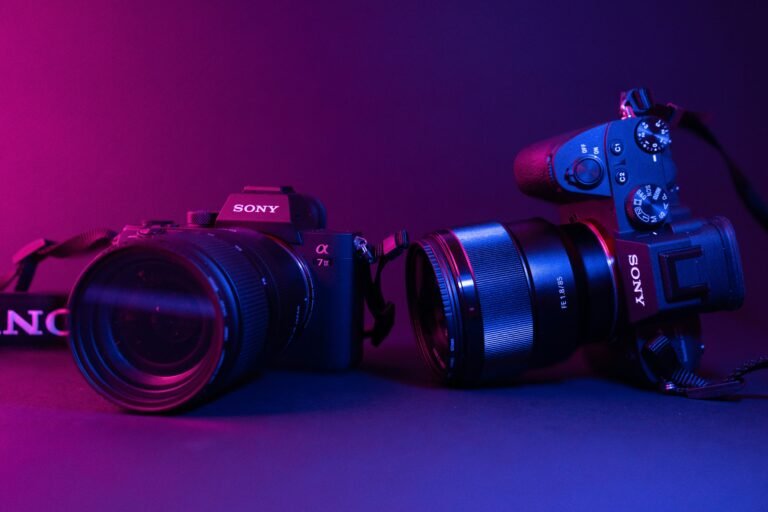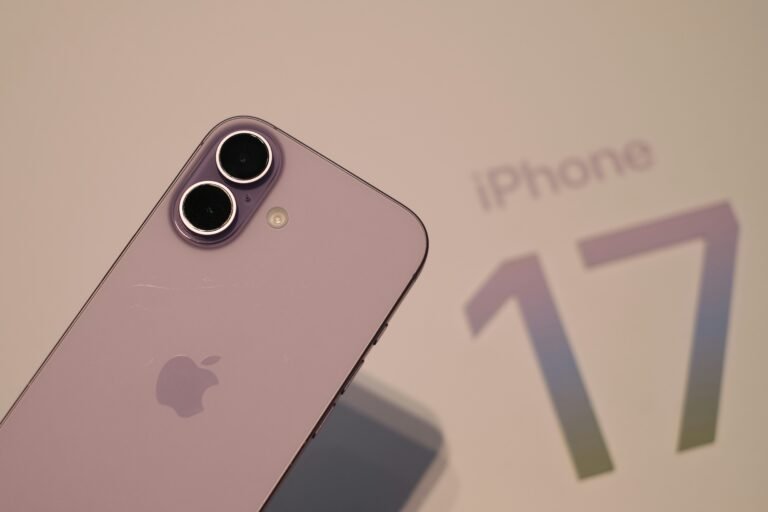Here are some of the top productivity apps for busy professionals, what makes them useful, and how to choose the ones that actually help (not just add more noise). If you like, I can also pull together a comparison chart or shortlist for different work styles.
What Makes a Productivity App Truly Valuable
Before jumping into the list, what separates the good apps from the great ones:
-
Minimal friction — it should take less effort to use than to ignore. If it’s too complicated, you’ll stop.
-
Cross-platform & sync-friendly — you’ll need desktop, mobile, maybe even web access. Seamless syncing matters.
-
Strong integrations — connects well with email, calendar, cloud storage, chat tools.
-
Focus-friendly features — reminders, scheduling, notifications you can control, focus timers, etc.
-
Reliable & secure — your data, tasks, notes should be safe; app should be stable.
Top Productivity Apps for Busy Professionals
Here are apps often recommended in current reviews and user-experience reports. I’ve grouped them by purpose so you can pick what aligns best with your work style.
| Purpose | App | What It Does Best / Key Strengths |
|---|---|---|
| Task / To-Do Management | Todoist | Flexible task input (natural language deadlines), projects & subtasks, good reminder system. LinkedIn+2Brand Vision+2 |
| Microsoft To Do | Clean, no-frills task lists, good “My Day” focus, integrates nicely if you use Outlook / Microsoft 365. Brand Vision+1 | |
| Any.do | Combines tasks + calendar well; clean UI and multiple platform support. Wikipedia+1 | |
| Project / Workflow Management | Trello | Visual boards, easy to see what’s moving, good for small teams or individual project tracking. Brand Vision+2beDots Oman+2 |
| ClickUp | All-in-one workspace: tasks, docs, chat, goals. Good if you want to reduce the number of separate tools. SUCCESS+2Kiwifor Gmail+2 | |
| Notes, Knowledge & Organization | Evernote | Capturing ideas, clipping web content, organizing everything; long established. beDots Oman+2TechRadar+2 |
| Notion | Highly customizable; mix notes, docs, databases, calendars; good for building your own workflows. LinkedIn+2Wikipedia+2 | |
| Focus & Time Tracking | RescueTime | Tracks how you spend time on apps/sites; gives insights; helps reduce time-wasting. LinkedIn |
| Toggl Track | Simple time tracking; helps when you bill by hour or want to know where your time goes. Outsource Accelerator | |
| Focus Booster / Pomodoro apps | Uses Pomodoro technique to break work into timed intervals + planned breaks. Good for staying focused. Tribune Online+1 | |
| Cloud Storage & File Sharing | Google Workspace / Google Drive | Real-time collaboration, shared documents, good for remote work. LinkedIn+1 |
| Dropbox | Stable file sync, sharing, collaboration. Tribune Online+1 | |
| Communication & Collaboration | Slack | Channels, fast messaging, file sharing, integrations make it easier to coordinate with teams. LinkedIn+1 |
| Zoom | Meetings, screen sharing, workshops; well known and reliable. GoDaddy+1 |
Unique Insights & Trade-Offs
Here are some of the less-obvious observations from people who’ve used these apps over time:
-
Too many tools = more friction. Some users say they actually lost productivity because they kept switching between apps instead of consolidating. (Better to deeply use 2-3 than spread thin over many.) Reddit+1
-
Focus features are underrated. Simple features like “do not disturb”, focus timers, or app/site blocking are often what really help preserve deep work time.
-
Automations & integrations help a lot. For example, connecting your task manager with your calendar or email so tasks appear where you naturally look helps reduce repetition.
-
Review & prune regularly. What helped many users: once a week/month check: what tools do I actually use? What notifications are useful? What tasks can I bake into habits so I don’t need notifications.
Tips for Choosing the Right Productivity Apps
To pick apps that really improve your productivity (instead of adding clutter), try this checklist:
-
Define your core need: Are you most thrown off by managing tasks, collaborating with others, staying focused, keeping files organized, or time tracking?
-
Test via trial / free version: Most apps have free tiers — use them for a couple of weeks to see if it fits your workflow.
-
Check cross-device compatibility: Especially if you work on phone + laptop + maybe tablet. Sync delays or missing features on one platform can break your flow.
-
Keep it simple: Start with basics. Use only the features you need. Let complexity grow only if the return is worth it.
-
Set boundaries: Decide when and how often you’ll check tools (emails, messages, etc.). Even the best tool can become a distraction without habits.
Final Thoughts
There’s no one “best” productivity app that fits everyone. The most productive tech setup is the one that aligns with your habits, job demands, and preferences.
If you’re juggling many projects and collaborating with teams, you might want something like ClickUp + Slack + Notion. If you mostly work solo, Todoist or Microsoft To Do + RescueTime or a Pomodoro app might serve you better.




